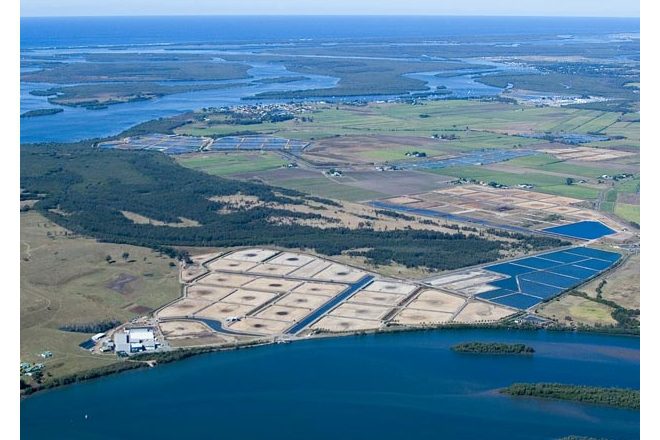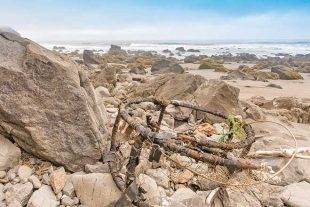Positive test results for the virus that causes white spot disease (WSD) in prawns have been received from a seventh aquaculture farm south of the Logan River.
This latest detection confirms that all prawn farms in the region with stock are now infected with the white spot disease virus. As the virus that causes white spot disease is highly contagious and easily spread, this result is not unexpected. Treatment work on the seventh property will commence promptly to ensure the virus is destroyed as quickly as possible.
Work continues across the other properties including the gradual process of draining, drying out and clearing sediment from the farms that have already been decontaminated. This is expected to take a number of months.
This is the largest emergency aquatic animal disease response ever in Queensland. To date the Queensland Government has spent $4.4 million on disease control activities, including more than 100 staff members, 3.8 million litres of chlorine and more than 50,000 laboratory tests for the disease.
Following the positive test results from wild caught prawns near the mouth of the Logan River last week, no further confirmed positive test results have been received, but more samples are in the process of being tested.
Information on white spot disease
What is white spot disease?
White spot disease (WSD) is a highly contagious viral disease of decapod crustaceans including prawns, crabs, yabbies and lobsters. White spot disease is caused by white spot syndrome virus (WSSV).
Where is white spot disease found?
WSD is widespread throughout prawn farming regions in Asia and has become established in prawns farmed in the Americas where it has caused severe losses.
How is white spot disease spread?
The disease is primarily spread through the movement of infected animals or water. Birds feeding on infected animals can contribute to the spread of the disease.
Can fish spread the virus?
No. Fish are not carriers of the virus that causes WSD.
How was the disease introduced to Queensland prawn farms?
At this stage it is not known how the disease was introduced to this area. Biosecurity Queensland is investigating a number of possible pathways. However, our priority at this stage is to contain and eradicate the disease.
What does white spot disease look like?
Prawns with WSD may have a loose shell with numerous white spots (0.5-2.0mm in diameter) on the inside surface of the shell and a pink to red discolouration.
Other signs of WSD to look for include:
- Unusual mortality
- Prawns coming to the edge or water surface
- Prawns demonstrating unusual swimming patterns.
Prawns infected with WSD can be difficult to identify. They may develop visible white spots rapidly but it is important to note that these spots are not always present and that similar spots can be caused by other factors such as bacteria, high alkalinity and stress.
While other crustaceans such as crabs can be carriers of WSD, they may not display any visible signs and must not be moved from the movement control area.
If you suspect white spot disease, you must report it to Biosecurity Queensland on 13 25 23 or the Emergency Animal Disease Watch Hotline on 1800 675 888.
Further information
Further information on white spot disease is available on the Department of Agriculture and Fisheries website.
Subscribe to the Department of Agriculture and Fisheries aquatic pest and disease alerts for regular updates on the white spot disease response.
 Bush 'n Beach Fishing Magazine Location reports & tips for fishing, boating, camping, kayaking, 4WDing in Queensland and Northern NSW
Bush 'n Beach Fishing Magazine Location reports & tips for fishing, boating, camping, kayaking, 4WDing in Queensland and Northern NSW









